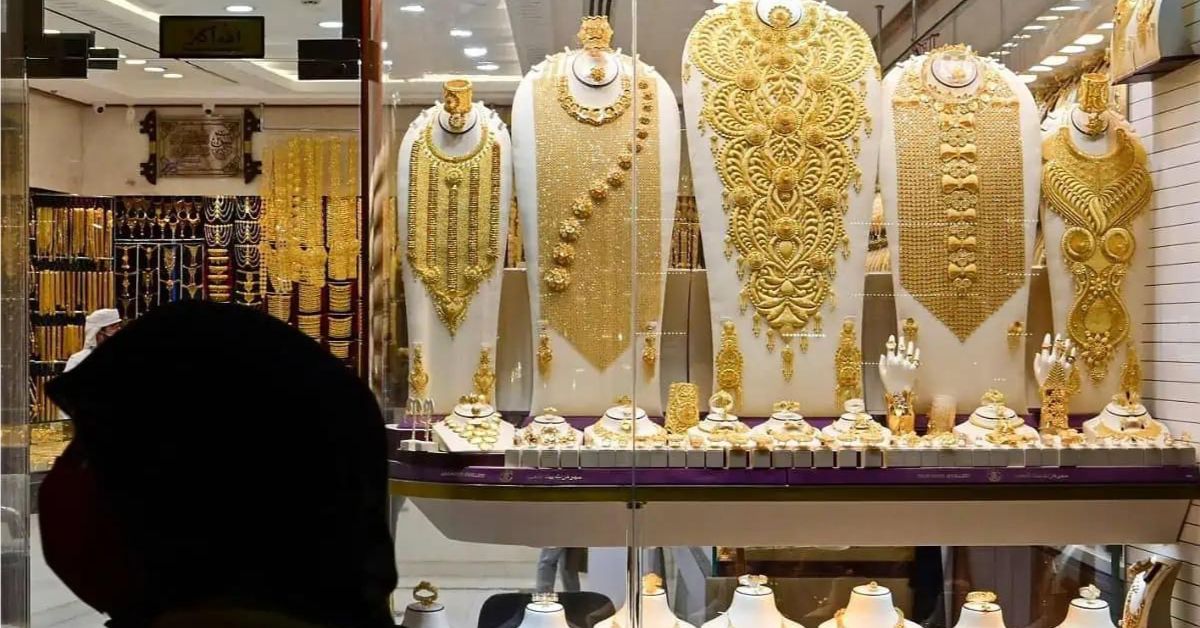DUBAI, UAE — The recent escalation of the conflict in the Middle East, particularly the start of Israel’s ground operation in Gaza, has significantly impacted gold prices, pushing them above US$ 2,000 per ounce.
This surge reflects investors’ fears of further escalation and potential spread to other countries. The gold market is experiencing turmoil, with gold futures contracts rising and spot contracts falling notably.
On October 27, gold prices reached a notable high of $2,009.29 per ounce, surpassing the key psychological level of $2,000 for the first time since mid-May. This increase is attributed to investors seeking gold as a safe haven amid the escalating conflict.
Market participants are now keenly awaiting the US Federal Reserve’s monetary policy decision on Wednesday. While interest rates are expected to remain unchanged, Chairman Jerome Powell’s remarks will be closely scrutinized.
Carsten Menke, Head of Next Generation Research at Julius Baer, notes that the recent rally in gold prices is primarily driven by short-term and speculative traders in futures markets, rather than a massive flight into gold by safe-haven seekers.
Menke believes that the market has already priced in Israel’s ground operation, and is now looking for the next level of escalation. He still sees the ‘temporary shock’ scenario as the most likely outcome but acknowledges short-term upside risks.
Julius Baer’s base-case scenario, which they assign a 65 percent probability, does not anticipate the conflict spreading to other countries. However, they outline a ‘political reversal’ scenario with a 30 percent probability, involving the potential involvement of Lebanon and Syria, and an ‘oil crisis’ scenario with a 5 percent probability, involving Iran. In the first two scenarios, the economic consequences are expected to be insignificant, while in the latter, the world economy would face a severe exogenous shock.
This situation underscores the interconnectedness of geopolitical events and financial markets, particularly the role of gold as a safe-haven asset during times of uncertainty and conflict. Investors and market analysts will continue to monitor developments in the Middle East and their implications for gold prices and broader financial markets.
The recent developments in the Middle East, particularly the onset of Israel’s ground operation in Gaza, have had a pronounced effect on the global gold market. As tensions escalate, gold prices have surged past the US$ 2,000 per ounce mark, reflecting global anxieties and the precious metal’s role as a safe-haven asset.
While geopolitical concerns are driving this surge, it’s essential to note that the gold market’s dynamics are multifaceted. For instance, despite the rising tensions, there hasn’t been a significant influx into gold from safe-haven seekers. The holdings of physically backed gold products have only seen a marginal uptick, and sales of US-minted gold coins remain below historical highs. This observation suggests that the recent rally in gold prices is primarily influenced by short-term and speculative traders in the futures market.

Carsten Menke, Head of Next Generation Research at Julius Baer, provides an insightful perspective on this trend. “While gold has risen about 10 percent from its recent lows, this increase is steeper than what’s been observed during past geopolitical shocks. Menke attributes this more to the bearish market sentiment preceding the Israel-Hamas conflict rather than the conflict itself,” he says.
At the current price levels, around US$ 2,000 per ounce, the market seems to have already factored in a prolonged ground operation in Gaza. Financial markets are forward-looking by nature, so the current gold prices are less a reflection of what has already transpired and more an anticipation of what might unfold next. The critical question is whether the situation will deteriorate further or see a resolution.
Julius Baer’s analysis presents various scenarios. Their base-case scenario, which they believe has a 65 percent probability, does not anticipate the conflict spreading to other countries. However, they also outline a ‘political reversal’ scenario with a 30 percent probability, which could reset regional relations. As of now, diplomatic efforts continue behind the scenes, even as military actions are underway. This suggests that the current conflict might be a temporary shock, causing a transient spike in investors’ willingness to buy gold as insurance. However, Menke also acknowledges the potential short-term upside risks.
To sum it up, the evolving situation in the Middle East underscores the intricate interplay between geopolitical events and financial markets. While gold remains a barometer of global sentiment, its price movements are influenced by a myriad of factors, both short-term and long-term. Investors and market participants must remain vigilant, discerning the underlying drivers behind price trends, and making informed decisions accordingly.

